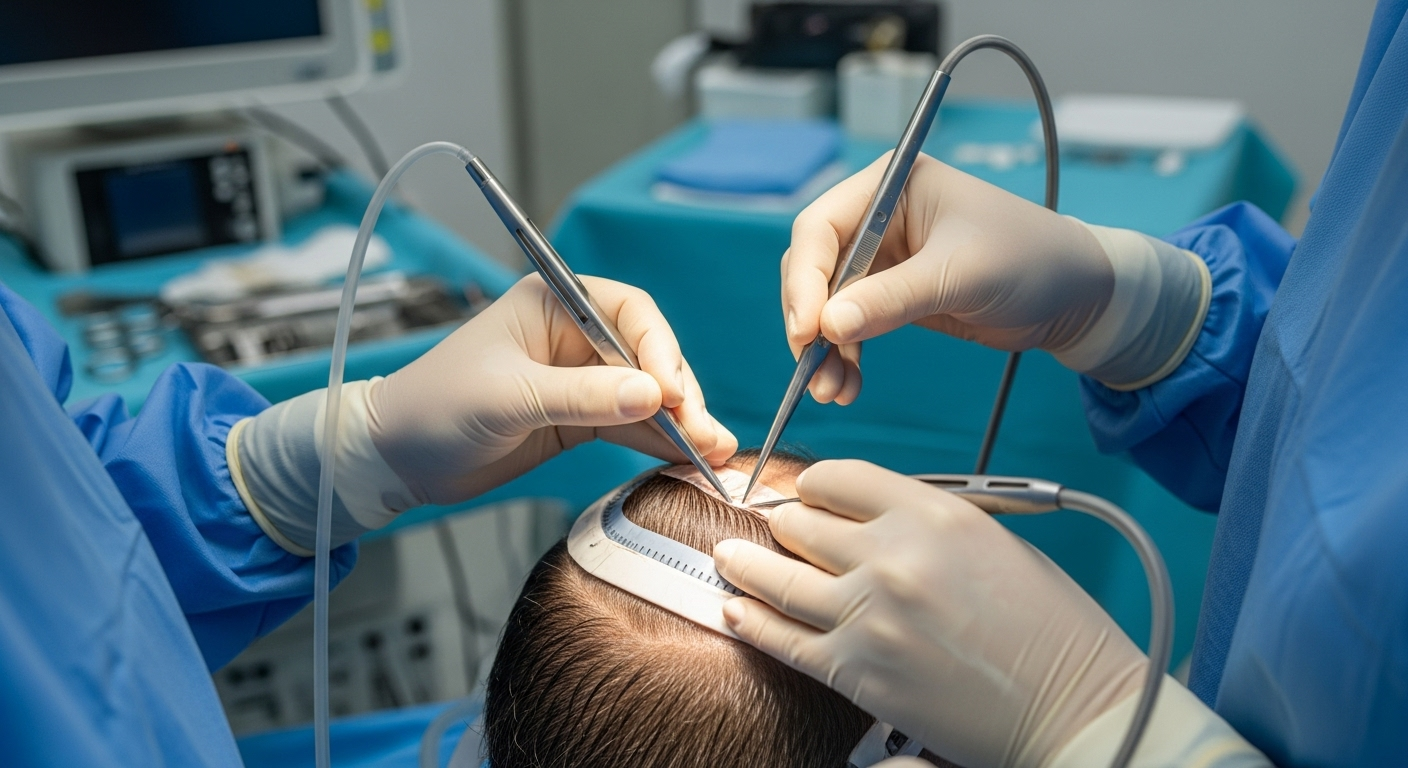Abdominoplasty: Understanding the Surgical Procedure and Recovery Process
Abdominoplasty, commonly known as a tummy tuck, is a surgical procedure designed to remove excess skin and fat from the abdominal area while tightening the underlying muscles. This procedure is often sought by individuals who have experienced significant weight loss or pregnancy, resulting in loose, sagging skin around the midsection. While abdominoplasty can provide dramatic improvements in body contour, it is important to understand the procedure, its potential risks, and the recovery process before deciding to undergo surgery.

How does a patient prepare for abdominoplasty surgery?
Preparation for abdominoplasty begins several weeks before the scheduled surgery date. The doctor will provide specific instructions, which may include:
-
Quitting smoking, as it can impair healing and increase the risk of complications.
-
Discontinuing certain medications and supplements that may increase bleeding risk.
-
Arranging for someone to drive the patient home after surgery and assist with care during the initial recovery period.
-
Preparing the home environment for a comfortable recovery, including setting up a resting area and gathering necessary supplies.
Patients should also undergo a thorough medical evaluation and laboratory tests to ensure they are healthy enough for surgery.
What can patients expect during the abdominoplasty procedure?
On the day of surgery, the patient will be administered anesthesia, typically general anesthesia, to ensure comfort throughout the procedure. The surgeon will then make an incision across the lower abdomen, usually from hip to hip. Through this incision, the surgeon will remove excess skin and fat, repair weakened or separated abdominal muscles, and reposition the navel if necessary. The entire procedure typically takes between two to five hours, depending on the extent of work required.
How long is the recovery process after abdominoplasty?
Recovery from abdominoplasty is a gradual process that requires patience and careful adherence to the surgeon’s instructions. Most patients can expect:
-
To stay in the hospital for one to two days following surgery.
-
To wear a compression garment for several weeks to reduce swelling and support the healing tissues.
-
To experience discomfort and limited mobility for the first few weeks.
-
To gradually return to normal activities over a period of four to six weeks.
-
To see final results emerge over several months as swelling subsides and tissues settle.
It’s crucial for patients to follow their doctor’s post-operative care instructions closely to ensure proper healing and optimal results.
What are the potential risks and complications of abdominoplasty?
As with any major surgery, abdominoplasty carries certain risks and potential complications. These may include:
-
Infection
-
Bleeding or hematoma formation
-
Poor wound healing or scarring
-
Seroma (fluid accumulation)
-
Numbness or changes in skin sensation
-
Asymmetry or contour irregularities
-
Blood clots
-
Anesthesia-related complications
Patients should discuss these risks thoroughly with their surgeon and weigh them against the potential benefits before deciding to proceed with the surgery.
How much does abdominoplasty typically cost?
The cost of abdominoplasty can vary significantly based on factors such as the surgeon’s experience, geographic location, and the complexity of the procedure. Here is a general overview of abdominoplasty costs in different settings:
| Provider Type | Estimated Cost Range |
|---|---|
| Private Practice | $6,000 - $12,000 |
| Hospital-Based | $8,000 - $15,000 |
| Outpatient Surgery Center | $5,500 - $10,000 |
Prices, rates, or cost estimates mentioned in this article are based on the latest available information but may change over time. Independent research is advised before making financial decisions.
It’s important to note that these figures typically include the surgeon’s fee, anesthesia costs, and facility fees. However, they may not cover pre-operative tests, post-operative medications, or follow-up appointments. Additionally, most health insurance plans do not cover abdominoplasty unless it is deemed medically necessary, such as in cases of functional impairment or to correct complications from a previous surgery.
Abdominoplasty can be a transformative procedure for those struggling with excess abdominal skin and weakened muscles. However, it is a major surgery that requires careful consideration, thorough preparation, and committed post-operative care. Patients should consult with board-certified plastic surgeons to discuss their individual needs, expectations, and potential outcomes before deciding to undergo this procedure.
This article is for informational purposes only and should not be considered medical advice. Please consult a qualified healthcare professional for personalized guidance and treatment.






